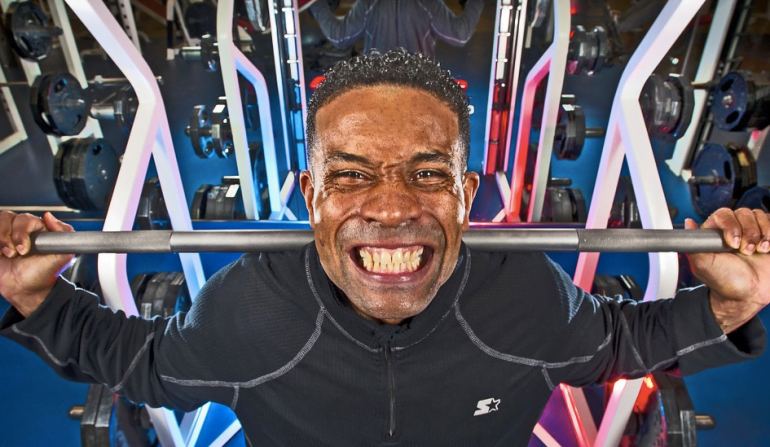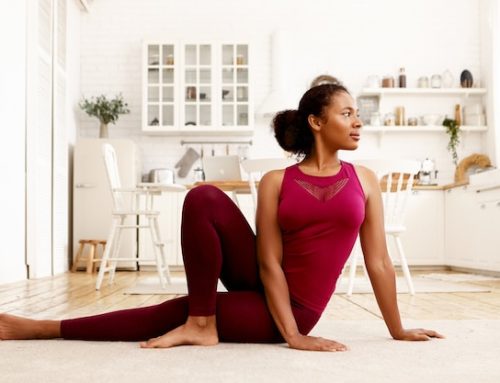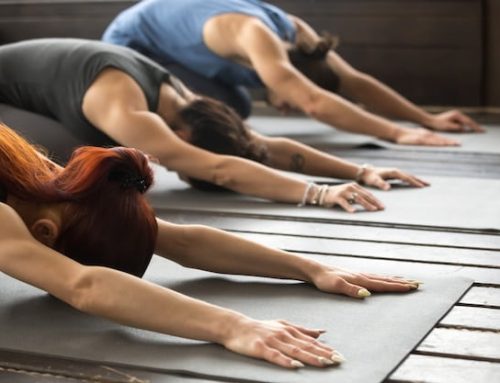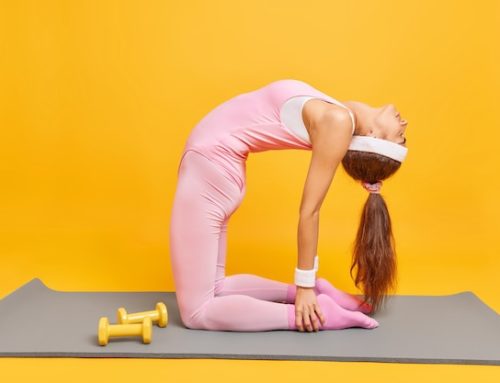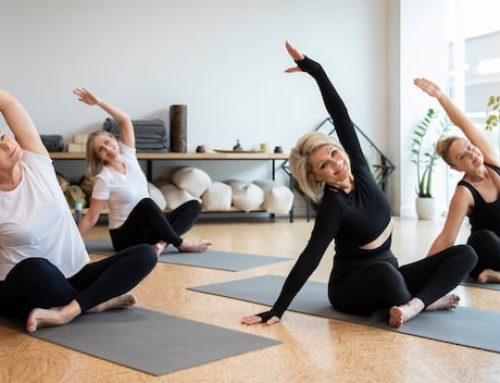The squat is a popular strength training exercise that targets several muscle groups in the body, particularly the lower body. Here are six benefits of including squats in your exercise routine:
- Builds lower body strength: Squats target the muscles in your lower body, including your quadriceps, hamstrings, glutes, and calves. By regularly performing squats, you can strengthen and tone these muscles, which can help improve your overall lower body strength.
- Improves balance and stability: Squats require good balance and stability to perform correctly. By practicing squats, you can improve your body’s ability to maintain balance and stability during everyday activities.
- Boosts overall athleticism: Squats help improve your overall athleticism by increasing your power, speed, and agility. This can translate into better performance in sports, as well as better overall physical fitness.
- Burns calories: Squats are a compound exercise that engages several large muscle groups in the body. As a result, they are an effective way to burn calories and improve your body composition.
- Enhances mobility: Squats require a good range of motion in the hips, knees, and ankles. By practicing squats regularly, you can improve your overall mobility, which can help reduce the risk of injury during everyday activities.
- Promotes bone health: Weight-bearing exercises, such as squats, help promote bone health by stimulating the growth of new bone tissue. This can help reduce the risk of osteoporosis and other bone-related conditions.
Overall, the squat is a highly beneficial exercise that targets multiple muscle groups and can improve your overall physical fitness and health.
The basic barbell back squat is the foundation of a leg training routine for the majority of powerlifters, bodybuilders and athletes from all areas of sport and fitness. So why is this exercise so popular? Because it’s an exercise that really works – in so many ways…
1. Squatting increases core strength.
Leg muscles aside, the core has to work hard to maintain good posture throughout the squat movement. And remember, ‘core’ doesn’t just mean your abdominals…
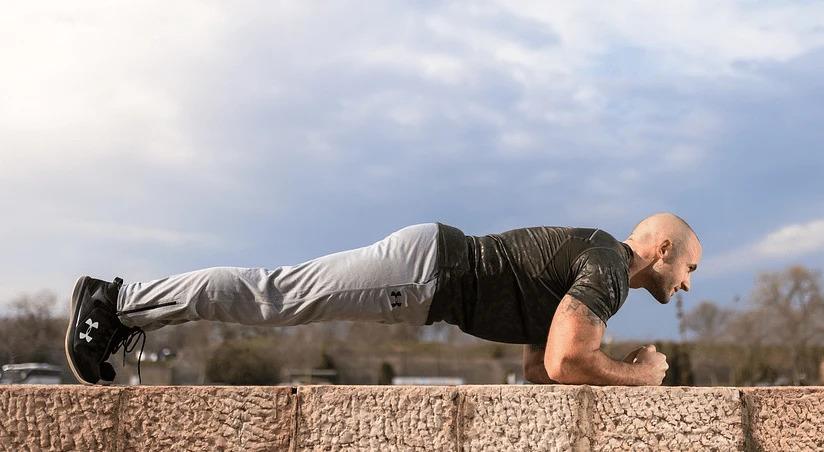
Your core strength runs through your entire body, and when you have a strong & sturdy core, you can expect to make faster gains, perform better at other exercises and reduce the risk of injury and postural problems.
2. The squat is a compound exercise.
With the squat being a compound movement, it involves using a variety of muscle groups. The main muscles used to complete the squat movement are the gluteus maximus (the main butt muscle), the gluteus medius (the outside of your butt/hip), the quadriceps (the front of the legs), the hamstrings (the back of your legs), the hip adductors and abductors, which control the inward and outward movement of your knees; the core and abdominals, and a number of other smaller muscle groups. The back and arm muscles are also used in the squat movement, holding the barbell and upper body in place.
3. Squats burn major calories.
Due to so many muscle groups being used to complete the squat, a lot of calories are burned for energy throughout the movement.
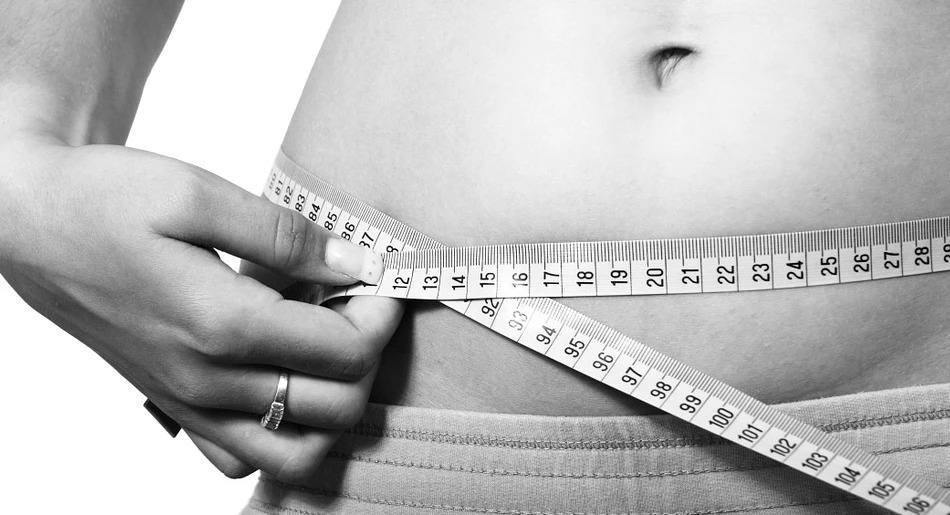
The heavier you go, the more energy you burn, assuming you’re still managing to complete a sufficient amount of sets and repetitions.
4. Squats are #1 for lower body strength and size.
Whilst isolation exercises on machines are great for targeting muscles and building size, the squat’s ability to demand contribution from so many muscle groups leads to faster overall muscle growth in a shorter period of time, as well as an increase in functional strength.
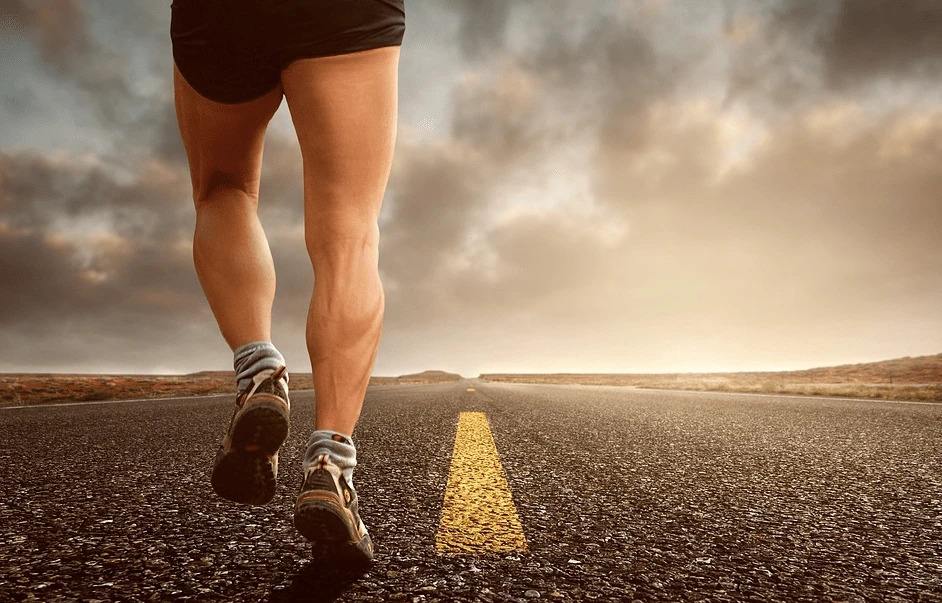
Strength throughout the muscle groups in your legs not only contributes to a heavier squat or ‘better looking quads’ – it also means the joints in and around your legs will be safer when completing everyday activities such as walking, running, sitting & standing.
5. They increase hormone levels.
Due to the physical demand of a squat, completing heavy repetitions will lead to an anabolic response from the body, releasing testosterone and growth hormone. While the increases will slowly settle again over time, these hormone bursts can have positive affects on your following workouts and results.
6. They’re great for flexibility.
The squat is a movement that our bodies have adapted to complete on a regular basis, for picking things up to carry, sitting by a fire and going to the bathroom.
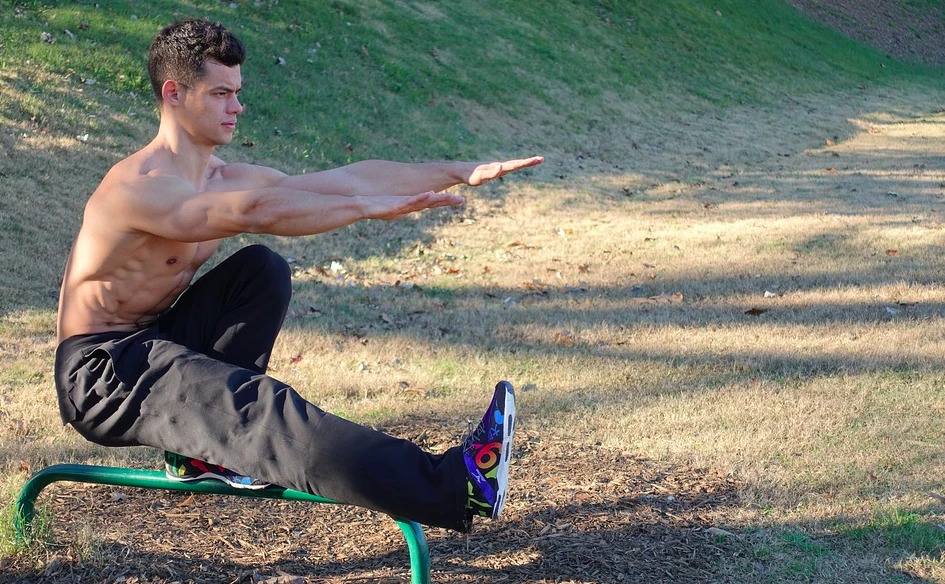
Now, thanks to the invention of chairs and toilets, we may not spend much of our time squatting any more. But, good flexibility means better blood flow and healthier, safer joints. Not to mention the reduction of threat when it comes to certain joint conditions that become an increased risk as we get older.
Conclusion
In conclusion, the barbell back squat is a very effective exercise for the whole body, which is why there is a chart at the end of the article. How to perform such an exemplary exercise step by step. The basic barbell back squat is the foundation of a leg training routine for the majority of powerlifters, bodybuilders and athletes from all areas of sport and fitness. That’s why this exercise is so popular. Because it’s an exercise that really works!
Here’s a table summarizing the steps for performing the basic barbell back squat:
| Step | Instructions |
|---|---|
| 1. | Stand with feet shoulder-width apart |
| Barbell rests on upper back/trapezius muscle | |
| Feet pointing forward, engage core | |
| 2. | Grip barbell with hands slightly wider than shoulder-width |
| Elbows pointing down, chest lifted | |
| 3. | Lower body down into a squatting position |
| Knees over toes, weight centered over heels | |
| Engage core, keep back straight | |
| 4. | Pause briefly at parallel position |
| Push through heels to return to starting position | |
| 5. | Repeat for desired number of repetitions |
| Maintain proper form and control throughout exercise |
